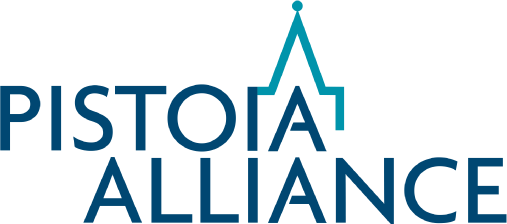Boston, MA – (November 18, 2020): The Pistoia Alliance, a global, not-for-profit alliance that works to lower barriers to innovation in life science and healthcare R&D, has launched a free to use UXLS (User Experience in Life Sciences) maturity model. The model will help companies understand what a user-centered design culture will look like for them, and their current trajectory. User experience (UX) is coming to the forefront in life sciences as companies undergoing digital transformation have begun to realize that there is no value in implementing new software unless researchers can use it fully. The UXLS maturity model enables organizations to measure the current state of their UX capability, with a framework to plan how to move onto the next stage.
“As more scientists than ever are now working outside the lab, and often at home during the pandemic, UX centered design is paramount for productivity and efficiency. COVID-19 has put even more pressure on researchers and created a more dispersed workforce. If these researchers are fighting to ensure the systems they use are working, they could be wasting hours of their time instead of undertaking valuable research,” commented Paula de Matos, Consultant at The Pistoia Alliance. “We have launched this model following the previous success of our UX toolkit for the life sciences community in the first phase of this project. This next stage helps organizations, projects or products clarify their ambition of further integration of UX activities and develop a step-by-step action plan.”
The framework has been designed specifically for life sciences organizations and is made up of three dimensions:
- Impact – What impact is UX having on the organisation or area?
- UX Metrics and Analytics – How are metrics collected and used? A systematic and iterative approach to measuring UX is something many organizations aspire to.
- Process – How are UX methodologies embedded into organizational or team processes?
Within these dimensions there are then five further stages of maturity, from a low level of one to a high level of maturity at five.
- What UX describes a state where there is little or no existence of UX at any of the dimensions.
- Isolated UX projects may have several UX projects running independently of each other. Much of this UX work may be reactive UX in the sense that teams are reacting to poorly designed solutions by bringing UX design into their delivery.
- Intentional UX investment reflects a state where the organisation starts to value and invest in UX capacity.
- Embedding UX into teams means that UX is now a part of each project delivery team and is proactively engaged from the beginning of each project.
- Transformational UX and services involves a higher level of UX engagement from senior leaders whereby UX is part of the company’s strategy and business value.
“In our personal lives we are surrounded by intuitive tech that ‘just works’. This same useability is now also expected in our professional lives as our reliance on digital technologies grows. The benefits of good UX in life sciences are significant and could impact the delivery of clinical trials, the development of the ‘lab of the future’, and enable more virtual and synthetic experiments to be conducted. We hope this maturity model helps companies identify where they currently are on the UX journey and provides a clear path on how they can progress towards transformational UX.”
The UXLS maturity model is available now and can be accessed here.
About The Pistoia Alliance
The Pistoia Alliance is a global, not-for-profit members’ organization made up of life science companies, technology and service providers, publishers, and academic groups working to lower barriers to innovation in life science and healthcare R&D. It was conceived in 2007 and incorporated in 2009 by representatives of AstraZeneca, GSK, Novartis and Pfizer who met at a conference in Pistoia, Italy. Its projects transform R&D through pre-competitive collaboration. It overcomes common R&D obstacles by identifying the root causes, developing standards and best practices, sharing pre-competitive data and knowledge, and implementing technology pilots. There are currently over 150 member companies; members collaborate on projects that generate significant value for the worldwide life sciences R&D community, using The Pistoia Alliance’s proven framework for open innovation. For more information, please visit www.pistoiaalliance.org.
Media Contacts
Spark Communications
+44 207 436 0420
Contact Us
Tanya Randall
The Pistoia Alliance
+44 7887 811332
tanya.randall@pistoiaalliance.org
